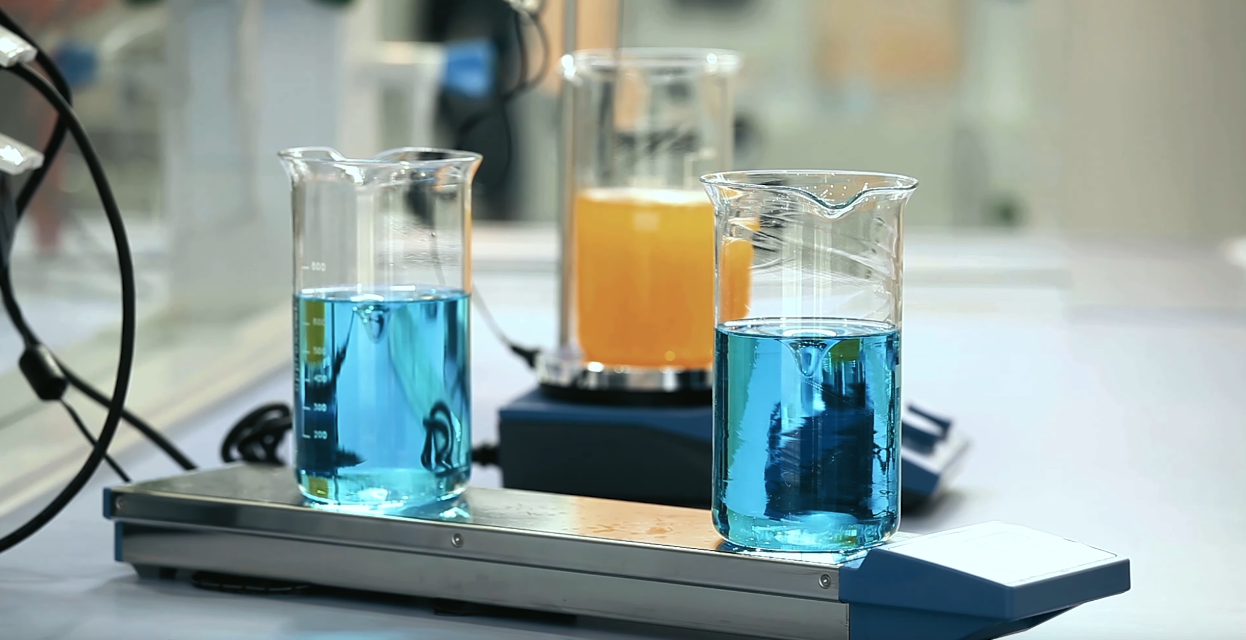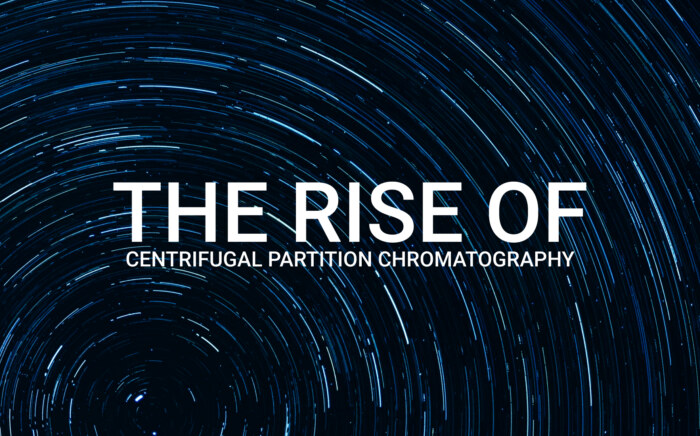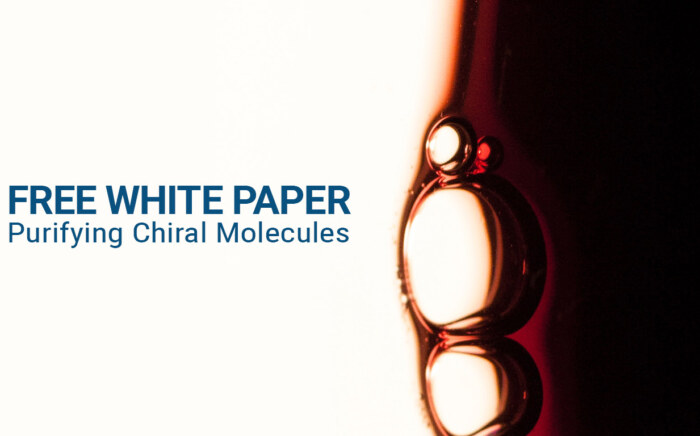Increasing separation efficiency by pH adjustment in Centrifugal Partition Chromatography
NewsDespite its widespread use in the chemical industry, traditional preparative-scale liquid chromatography faces sustainability challenges due to its high solvent consumption and the generation of solid waste from spent silica gel packing. However, there is hope for a more environmentally friendly alternative – solid support-free techniques like hydrostatic countercurrent chromatography, commonly known as centrifugal partition chromatography (CPC). CPC emerges as a promising green solution that addresses the limitations of traditional purification methods. Notably, CPC boasts a wider range of available solvents compared to other processes, further enhancing its appeal.
In this post, we will explore some key aspects of chemical separation workflows that stand to benefit significantly from CPC’s sustainable potential. To commence our journey, let us delve into the inner workings of CPC, explore the sustainability issues faced by traditional chromatography, and understand how CPC paves the way for greener and more eco-conscious separation processes, surpassing the limitations of solid-based systems. Through this exploration, we aim to shed light on the transformative impact CPC can have on the realm of chemical purification, as well as its role in fostering a more sustainable and environmentally responsible approach to chromatography.
CPC Basics
Unlike conventional solid-liquid chromatographic techniques, CPC operates with liquid stationary and mobile phases. Within the CPC system, the liquid stationary phase is firmly held in place by a powerful centrifugal force inside the column, while the mobile phase is systematically pumped through it. The key to effective purification lies in the partitioning of solutes between these two immiscible phases. This partitioning process significantly influences the time solutes spend within the stationary phase, ultimately determining their retention in the system.
In essence, CPC’s unique liquid-liquid partitioning approach sets it apart from traditional chromatographic methods, offering distinct advantages for precise and efficient separation. By harnessing the power of centrifugal force, CPC creates a dynamic environment where solutes interact with the liquid phases, allowing for targeted and effective purification of complex mixtures. This liquid-based methodology not only ensures better solute retention but also opens up opportunities to explore a broader spectrum of solvents, making CPC an incredibly versatile and eco-friendly alternative for various separation needs. In the following sections of our blog series, we will delve further into CPC’s mechanism and how it unlocks the potential for greener, more sustainable separation processes across different chemical applications.
Alternative to Solid-Based Systems
CPC, operating as a liquid-liquid system, presents significant cost benefits by eliminating the need to purchase silica gel and reducing the amount of required solvents. In conventional chromatography, the limited options of commercially available solid silica-based packing gel constrain the choice of stationary phases. Moreover, when the gel within the column becomes saturated due to adsorption and requires replacement, the entire column of gel must be discarded, resulting in substantial waste generation.
The lack of flexibility in traditional chromatography also becomes apparent when chemists aim to fine-tune the separation process. Typically, they only adjust the mobile phase composition, while the stationary phase remains fixed. In contrast, CPC capitalizes on a broader range of possible biphasic liquid-liquid systems that can be utilized with the same column, enhancing the flexibility and efficiency of the purification process.
By substituting halogenated and petroleum-based solvents with green and renewable alternatives, CPC further reduces the environmental impact of chromatography. Recent regulations have even banned the use of several hazardous solvents, such as n-hexane, underscoring the importance of adopting green alternatives in chromatographic practices. CPC emerges as a forward-looking solution that aligns with evolving environmental standards and demonstrates a commitment to sustainability, making it a compelling choice for modern separation challenges. In the subsequent segments of our blog series, we will delve deeper into CPC’s eco-conscious advantages and its role in shaping the future of sustainable chromatography.
Further Resources
To learn more about CPC and chromatography in general, click any of the links below.



